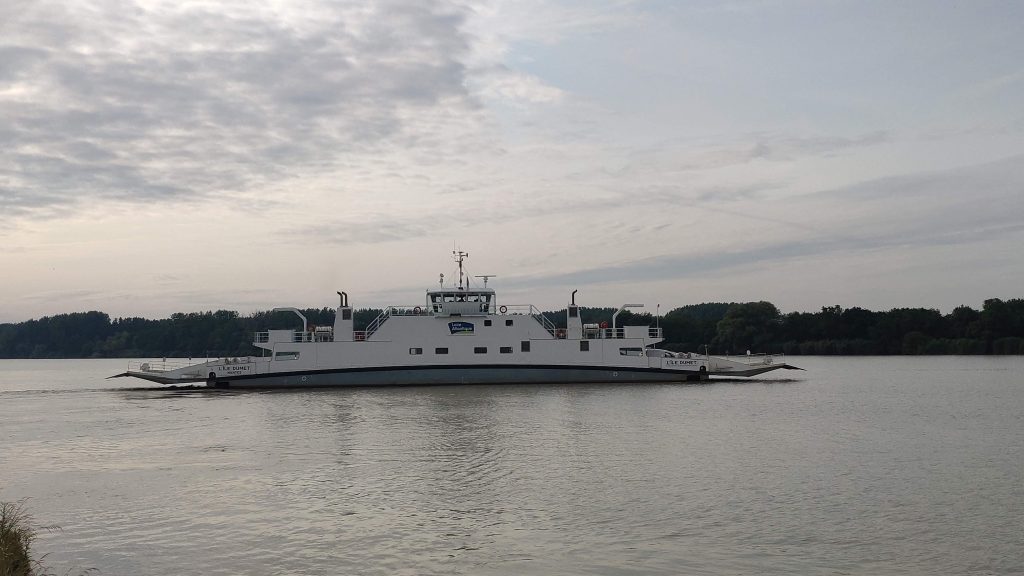A double-ended ferry is a type of Roll On Roll Off (RORO) vessel which transportation of passengers, vehicles, or cargo across bodies of water, such as rivers, bays, lakes, or fjords. What sets a double-ended ferry apart is its unique feature of having identical bow and stern sections, allowing it to travel in either direction without the need for turning around. It eliminates the need for complex maneuvering, as the ferry can simply change its direction by reversing its propulsion or using multiple propulsion systems located at both ends.
This design enables the ferry to shuttle back and forth between two terminals without having to turn around or reposition itself. It provides increased efficiency and reduced turnaround times, as the vessel can quickly load and unload passengers or vehicles at each end without the need for time-consuming maneuvers. This feature is particularly advantageous in areas with narrow waterways or busy ferry routes where frequent crossings are required.
Double-ended ferries often have multiple lanes for vehicles and dedicated passenger areas, ensuring efficient boarding and disembarking operations. They can vary in size and capacity, ranging from small ferries that accommodate only a few vehicles and passengers to large vessels capable of transporting numerous vehicles and hundreds of passengers.
Overall, the double-ended ferry design offers improved maneuverability, faster turnaround times, and enhanced operational efficiency, making it a popular choice for many ferry services around the world.

You can see a video of a double-ended ferry in action here (after the general cargo vessel).

